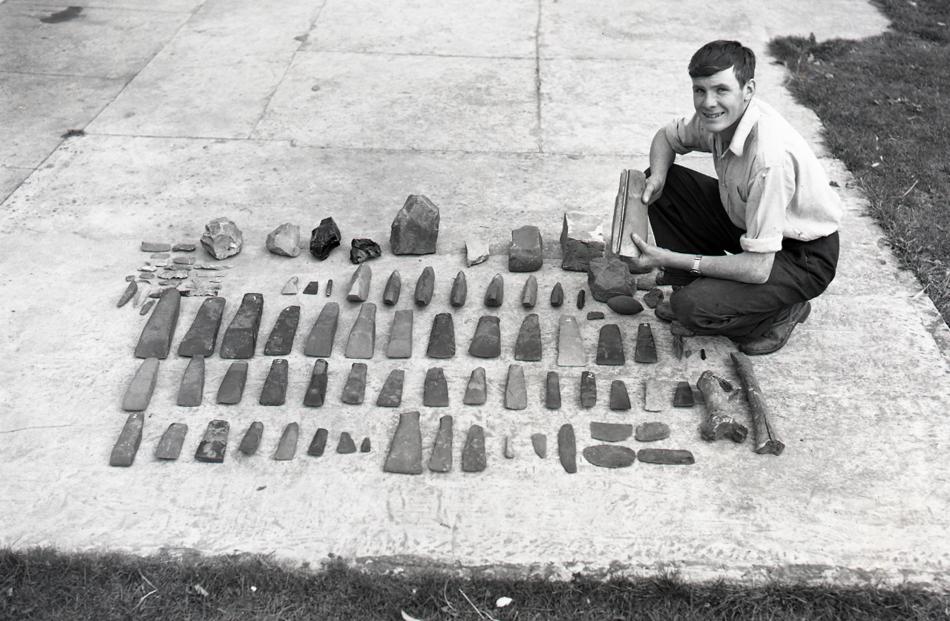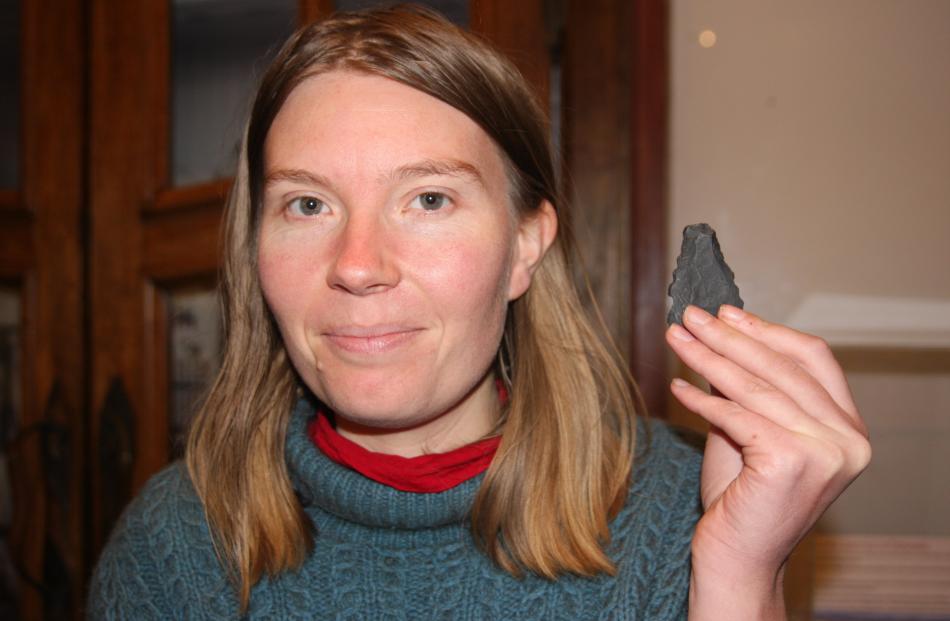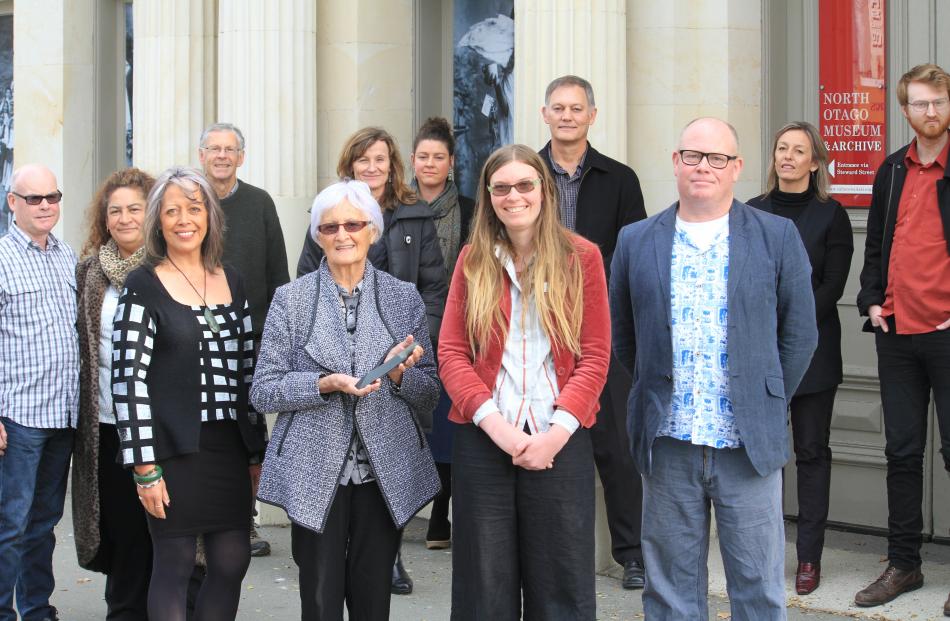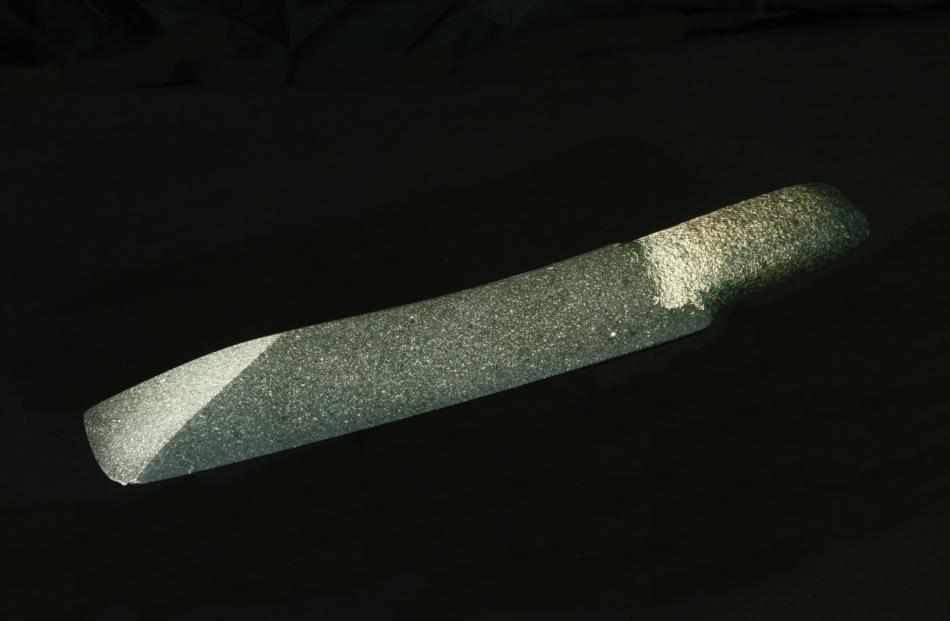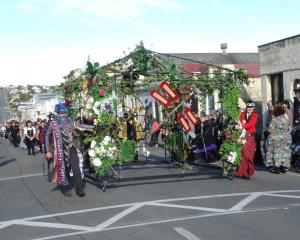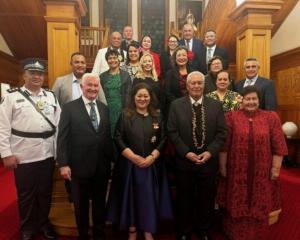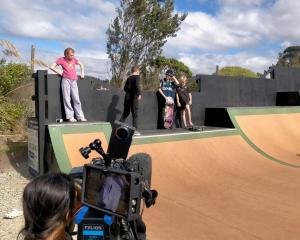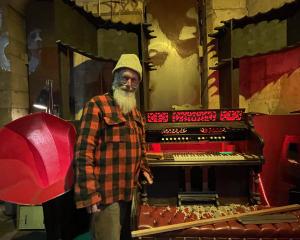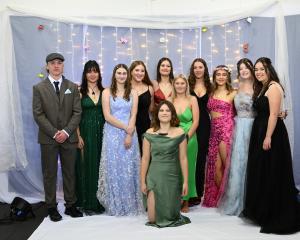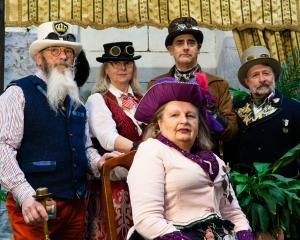The North Otago Museum’s Willetts Collection contains more than 9000 items. Now it is the subject of a major University of Otago research project to map and decipher some of the earliest human lifestyles in New Zealand. Shannon Gillies takes a closer look.
They were pulled loose from a stony paddock beside the Waitaki River and now the massive collection of stone tools has become a jewel in North Otago’s crown.
There is much excitement going on behind the doors of the North Otago Museum as the prized Willetts Collection goes under the microscope of researchers from the University of Otago, Te Runanga o Ngai Tahu, Waitaha Taiwhenua O Waitaki Trust and the North Otago Museum.
Work to catalogue the collection, found in a 30ha swamp at the Waitaki River mouth more than 50 years ago, began last year and is expected to take several years.
There are nearly 10,000 stone tools, flakes and broken artefact fragments to sort through from what is now known to be one of the largest archaic Maori settlements in New Zealand.
Heading up the research is Prof Richard Walter, the head of anthropology and archaeology at the University of Otago.
It was an exciting time, he said.
While the project, beyond cataloguing, was still to be defined, the rough plan was to delve into various aspects, including the early trade networks Maori established when they arrived in AD1300, how far those trade networks stretched and how the North Otago founding community related to its new environment.
The collection’s scientific value was as a representation of a "very important" part of New Zealand’s history — "the very first phase of settlement", he said. It was "when the Polynesians had arrived from Hawaiki and had established settlements along the coastlines of New Zealand. So this site dates to that first settlement — that first colonisation phase when people had settled into the new land and were making a new life for themselves."
There were other collections from around the country with material about the same age, but what made the Willetts Collection stand out was its vastness, Prof Walter said.
The ornate and obvious items were exciting, but the mundane items also gave scientists a greater understanding of how people lived and adapted to their new home.
The collection, coming from one of New Zealand’s largest moa hunting sites, was special in its completeness.
During the 19th and 20th centuries many farming families collected Maori artefacts from sites on their land, Prof Walter said.
Those eventually made their way to museums.
"It might take 80 years, 100 years, but they find their way to museums."
But what researchers usually found was those collections were not representative as people only picked out artefacts they recognised.
The Willetts family were different.
"They collected everything they saw and obviously had very good eyes because the material that makes up that assemblage includes a huge amount of material that most New Zealanders wouldn’t even recognise as being an artefact."
The size and content of the collection allowed scientists to do the type of research they could rarely do.
"This collection represents the materials, the tools, the way of life for the community who lived close to there 700 years ago. It’s a very special connection between the past and the present, between the current communities and the early founder community."
In a talk he gave in Oamaru earlier this year, Prof Walter said the period between AD1300 and AD1450 was when New Zealand stone-tool making was at its technological height.
"In fact, the stone artefacts from the Willetts Collection are amongst the finest-made stone artefacts anywhere in the world. There’s nowhere they were making artefacts better or more skilfully than people in 14th century New Zealand."
According to a 1997 report on the Willetts Collection, the site where the artefacts were found was first recorded in 1926, when 430 ovens were found on a river terrace while ploughing was being done and moa bones were dug up.
"Once exposed to the elements, however, the bone rapidly disintegrated and no remains are visible on the site today," the report said.
The report writer stated further ploughing by Stewart Willetts and his sons in 1952 unearthed "important discoveries" of artefacts.
"Significantly, many of these artefacts were not related to moa processing and the collection can be seen as representing a serious challenge to interpretations of the site as a temporary camp, and may stimulate a radical rethinking of current models concerning the earliest East Polynesian Maori settlements of southern New Zealand."
North Otago Museum curator Chloe Searle called the research project "incredibly exciting".
This project was what museums were all about — working with academics, the community and interested parties to source information everyone could access, she said.
The Willetts Collection was central to the museum’s future, she said.
It was "incredibly rare" for any community to have such direct access to the very first people who settled the area.
"It’s the beginning of our district’s human history."
Members of the community had already stepped forward to volunteer for tasks such as weighing the objects, Ms Searle said.
There was every chance the research team would turn up surprises no-one was expecting.
"I’m very curious to see where it goes. I’m pretty sure we’ll find out things we had no idea existed."
Background
One afternoon in February 1953, Allan Willetts was using a tractor and swamp plough to dig up a little-used paddock near the Waitaki River mouth. Mr Willett’s parents had just brought lunch for him and his brother Colin, when a turn of the plough unearthed many fine stone adzes. Within hours one of the most impressive collections of pre-European artefacts in New Zealand had been unearthed. Many museums approached the family to get one or more specimens. The family felt the collection should be kept intact and made available to all interested people and so gave it to the North Otago Museum.
— Source: North Otago Museum
Willetts Collection
• 9150 separate items, including adzes, flakes and other stone tools.
• The stone used for the tools originated from sites across Aotearoa.
• Part of the North Otago Museum’s collection.
• The Willetts family found the items on their farm near the mouth of the Waitaki River.
Research project
• The University of Otago, Te Runanga o Moeraki and the Waitaha Taiwhenua o Waitaki Trust Board are working together to examine and catalogue the collection.
• Started in 2016; to take several years.
• Second part of project focuses on broader questions around the settlement of New Zealand, including the lifestyle and economy of the people at the site during the 14th century.
• Prof Richard Walter, head of the Otago University’s anthropology and archaeology department, is leading the research

